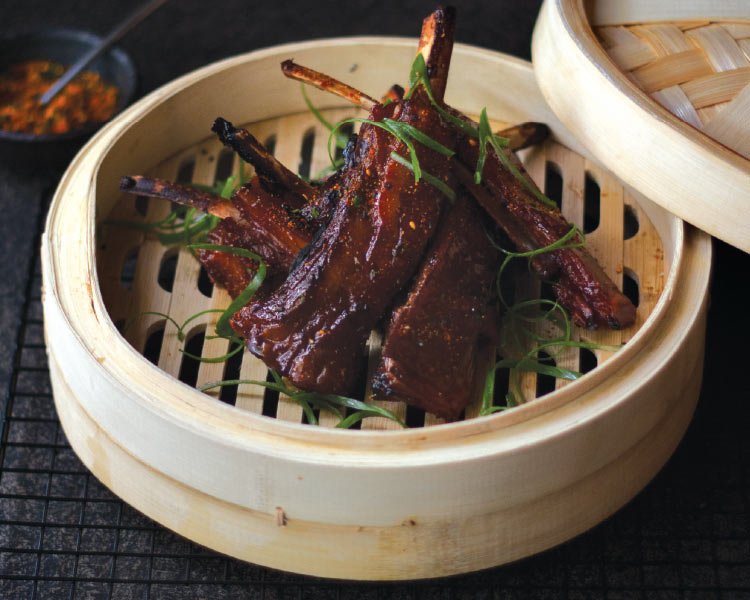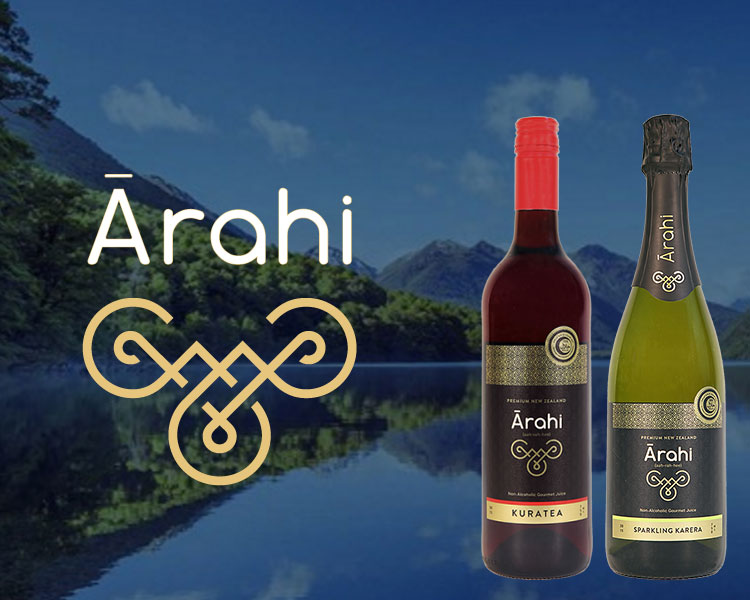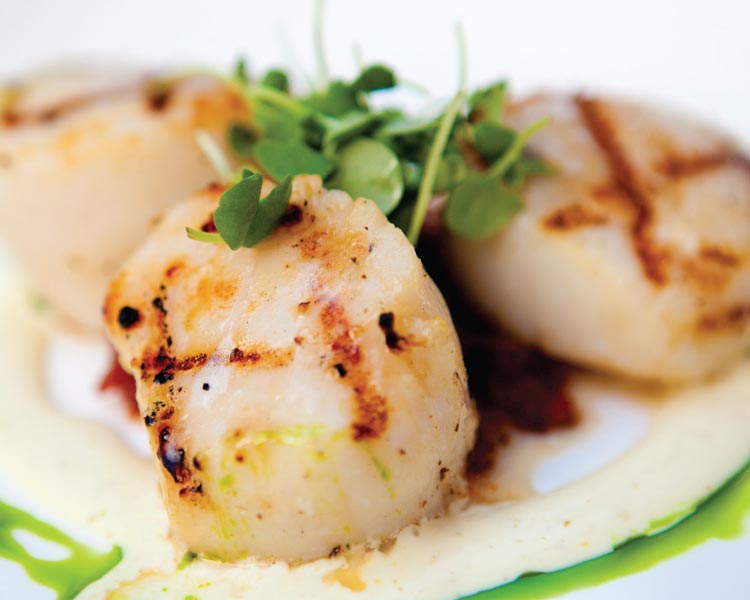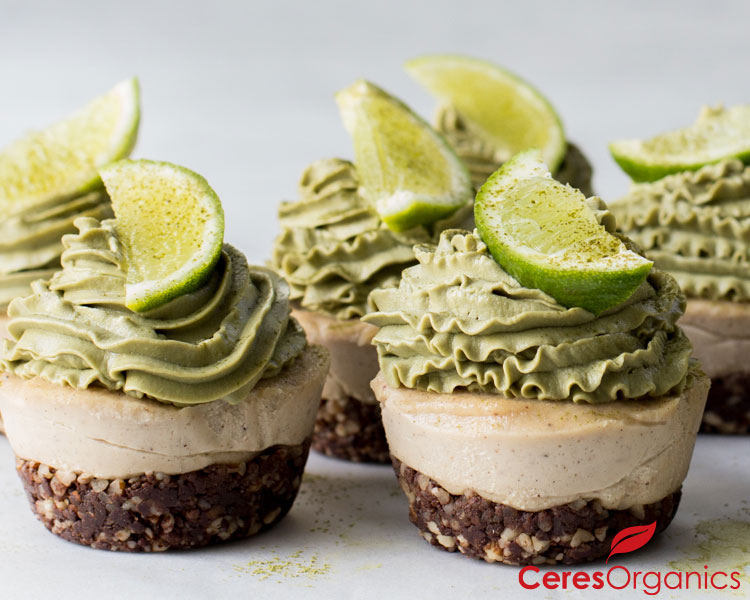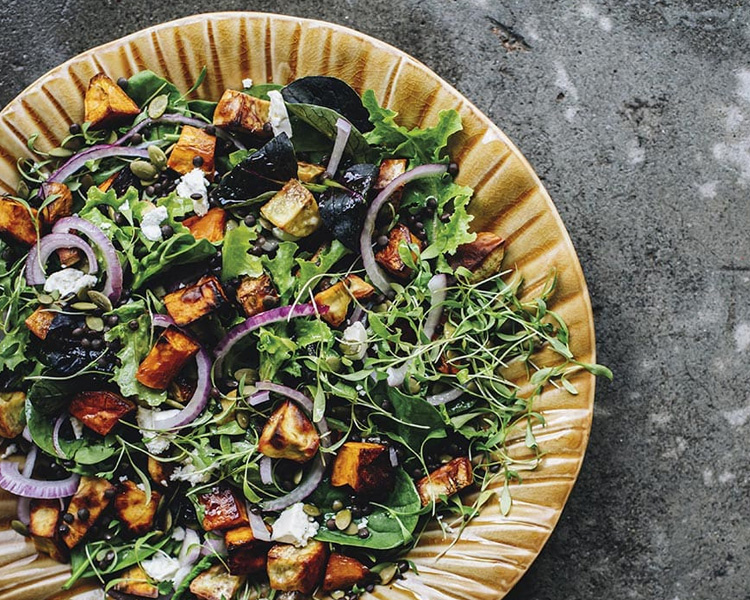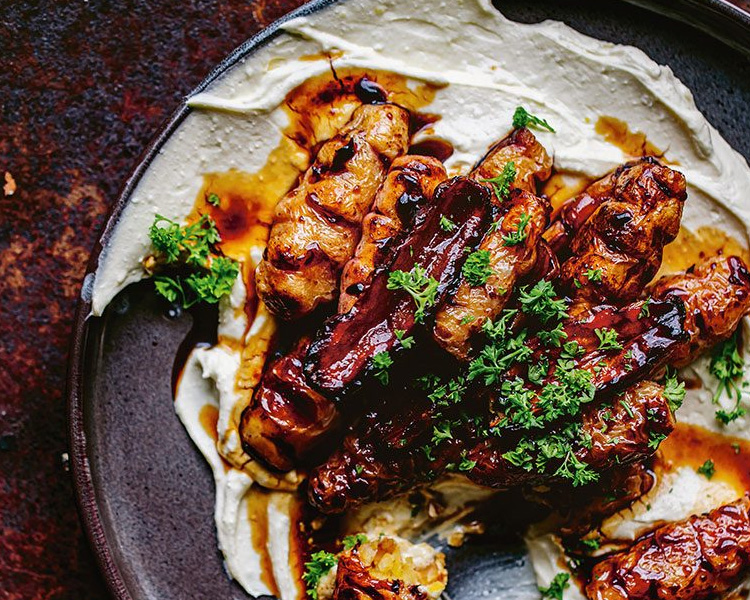Tangy sweet berry mousse perfectly paired with a simple sponge base, this cake will go down a treat at any festive celebration.
-
-
This dish uses a classic Cantonese marinade, char siu. Its simplistic translation means ‘fork/roast’. Char siu typically has a distinctive red glaze and is a combination of sweet, savoury and sticky. Serves 4, generously.
-
Not only beautiful to look at, this raw torte manages to be delicious, decadent and good for you all at the same time. It’s a great dessert to take to a dinner party and the perfect finish to any summer feast!
Recipe by Megan May from Little Bird Organics & The Unbakeries.
-
Celebrating 100 years in business.
J. Bush & Sons is a family owned and operated business of Apiarists (Beekeepers) based in Blenheim.
Third generation Peter and Murray Bush are currently at the helm and manage 2000 beehives spread all over Marlborough.
It all started in 1916, when Horace Bush (Peter and Murray’s Grandfather) needed bees to pollinate an apple orchard he was involved in. Horace soon discovered he enjoyed bees more than apples, so established enough beehives to earn a full time income.
One of Horace’s sons, John, started working with the bees as a young child, eventually running the business in his own right alongside his wife of sixty years, Joy Bush. He is now 84 years young, and still enjoys being around the bees when time allows.
J. Bush and Sons specialise in small scale production that targets and harnesses the special flavours found in honey collected from different trees and pastures in the South Island.
Every flower or plant produces a different type of nectar that determines the flavour, texture, and colour, and the J. Bush & Sons team work hard to ensure the hives are at their best when each flower is ready each summer.
From light delicate Molesworth Blue Borage collected in the mountains of inland Marlborough, to the robust flavoursome Manuka and Alpine Beech Honey Dew, there is a flavour for everyone.
None of Bush’s honeys are heat treated during processing and packing, meaning all the wonderful nutritional properties of honey are retained.
There are many wide and varied uses for honey including sweetening drinks or baking, as a remedy for sore throats, soothing scrapes and burns or even as part of your daily beauty regime. You can’t beat a classic though - toast remains the number one destination for honey!
For an extra special treat Murray Bush recommends trying Bush’s Comb Honey on a cracker with a soft white cheese, (or blue if you prefer), and a glass of wine to really cap it off.
J. Bush & Sons Honey is available from all Moore Wilson’s stores. The Bush family have been a valued supplier of Moore Wilson’s for many years and we are thrilled to see them reach the milestone of 100 years in business.
Pictured: Murray Bush presents Moore Wilson’s Director Julie Moore with a delicious fruit cake to celebrate J. Bush & Sons centenary.
-
To celebrate the launch of Alan Brown’s new Recipes from the Kiwi Pizza Oven, we have a very simple recipe from its pages – and it coincides nicely with asparagus season!
Not everyone has the space for a wood-fired pizza oven, and Alan’s recipes reflect that – but we have something exciting to show off too. Check out the new Firebox BBQ Pizza Oven, the ultimate gift for pizza lovers and a great excuse to bring out the barbecue.
As with most pizza recipes, you’ll need to get any oven as hot as you can – 350+ degrees C in a wood oven, or 250+ degrees C in a conventional one. The recipe below is for one 10” pizza.
-
Imported by Wellington's iconic Havana Bar, Ron Varadero 3 Year Old White Rum is ideal for making a classic Cuban Mojito!
-
Non-Alcoholic Drinks with style and sophistication.
Ārahi is a unique new range of non-alcoholic drinks made to satisfy adult tastes and suit their social needs.
The idea came about when David Wilson, who describes himself as a 'bit of a foodie' and lover of good wine, met and began spending time with Jo-Anne Short, a non-drinker who didn’t enjoy or need alcohol to socialise.
David began to notice that Jo-Anne was often offered an inferior experience than his when they visited restaurants or bars. David would have numerous options for wine, all served in fine stemware, while Jo-Anne would end up with fizzy drink or juice in a tumbler.
Jo-Anne became the inspiration for Ārahi when David decided to right what was wrong in the market. He drew on his many years of culinary experience to create a multitude of drinks they could share over dinner and when friends came to visit. The most challenging aspect was length of palate, a flavour journey from the nose to a lingering finish, just like a good wine.
With the help of a winemaker or two (including Hawkes Bay’s Rod McDonald), David crafted the Ārahi range using the cold-pressed juice of super-premium wine grapes. Only the finest parcels of grapes were used which is one of the critical things that elevates Ārahi from the group of low-priced grape juices that are made from reconstituted table grapes. Also important was the blending process used to turn the super-sweet juice into a refreshing and multi-dimensional experience.
David, along with the winemakers and a food technologist, worked tirelessly to create a sophisticated and balanced drink. “It took months and many failed methodologies until I finally began to produce drinks that were worthy for us to enjoy together” says David, “I’ll never forget the first night Jo-Anne and I had dinner together like two grown-ups, sharing a bottle of Sparkling Karera from an ice-bucket at the table”.
Jo-Anne, who cofounded Ārahi with David, was influential in the naming, look and feel of the finished product – all of which reflects her Māori heritage.
Two Ārahi non-alcoholic beverages are available online and in store at Moore Wilson’s Wine, Beer & Spirits:
Ārahi Sparkling Karera: When served chilled in an elegant flute this Sparkling Sauvignon Blanc delivers a premium experience that is bursting with flavour. This is a lively and special celebratory beverage that makes alcohol-free drinking a pleasure.
Light straw in colour with a fine and vibrant bead. The palate is long and racy with kiwifruit and apple. An off-dry style with a lingering finish.
Food pairing: shellfish, cheese, berries, pasta and seafood.
Ārahi Kuratea: Named after the Māori word for red, the colour of the rich Merlot grapes from which this gourmet beverage is made.
Floral on the nose with blackcurrant and vanilla on the palate. A beverage with nicely balanced sweetness and a dry, slightly tannic finish.
Food pairing: game meats, blue cheese, Asian dishes, beef, beetroot salad.
-
New season fresh Whangamata Scallops available now from Moana NZ inside
Moore Wilson's Fresh!Try this simple marinade to bring out the delicate flavours of fresh NZ scallops.
Serves 3-4 as an entree. -
Matcha is a special variety of green tea, stoneground into a fine powder. Considered a “super food”, matcha is packed with antioxidants, the super chemical compound that prevents aging and several chronic diseases. One cup of Matcha is reported to have the nutritional value of up to 10 cups of regular green tea and over 100 x the antioxidants!
Matcha powder can be used in just about anything – smoothies, juices, desserts, or simply enjoyed as a nourishing tea or ‘latte’. Matcha adds a wonderful, natural colour to baking (or un-baking!) – as you’ll see with these beautiful mini cheesecakes.
Makes 10 | Ready in 45 minutes + freezing time.
-
The Meyer Gouda Cheese story begins in the 1970’s in a tiny village in the South of the Netherlands. After visiting a monastery in Postel where monks were producing handmade cheese, Ben and Fieke Meyer were inspired to try cheese making themselves.
Independence, working close to nature and producing a good honest product appealed to the young couple who at the time were working as a teacher (Fieke) and an electrical engineer (Ben). Ben enrolled for a cheese course in Gouda run by Dutch cheese master, Mr G Elings.
In the evenings they worked together, to build a little cheese factory in the hay shed on Ben’s parents’ farm near Bladel. Many years of hard work saw their cheese become very popular within the community. In 1983 they immigrated to New Zealand with their three small children, Geert (4), Fieke (2) and baby Miel.
As the heart of the New Zealand dairy industry, the Meyers chose Waikato as their new home. Initially they struggled with the New Zealand milk as Kiwi dairy cows milk composition differed dramatically from milk in The Netherlands. The first year was challenging, however, trial and error and advice from a Dutch cheese maker in Mercer helped Ben and Fieke begin producing the quality cheese they were so widely known for in Bladel.
After five years, the Meyers decided to purchase their very own farm to control milk supply, a decision paramount to the quality of their cheese production today.
Nowadays, Meyer Gouda Cheese is one of the most significantly awarded companies in New Zealand, picking up Supreme Champion at the first New Zealand Cheese Awards in 1994 and a string of awards since. In 2011, their youngest son Miel was awarded the Cheesemaker of the Year Award – the youngest cheesemaker in the history of the competition to scoop the prize.
Meyer did extremely well at the 2015 Cheese Awards with Miel once again taking out top Cheesemaker award and a number of their cheeses earning Champion status or gold medals.
Meyer Gouda Cheese is now a fully-fledged family affair with the next generation at the helm. Miel took over as general manager of Meyer Gouda Cheese after Ben and Fieke retired in 2007. In August 2011, eldest son Geert came back from The Netherlands as head cheese maker for Meyer Gouda Cheese.
Meyer Gouda cheese is available in wedges or whole rounds from Moore Wilson’s Fresh.


